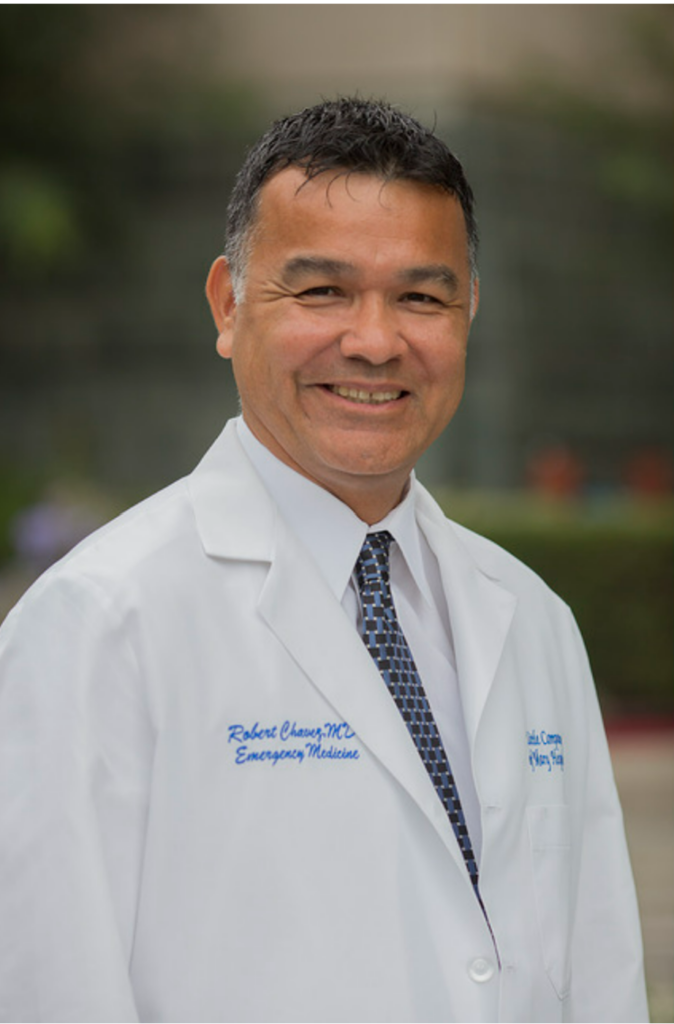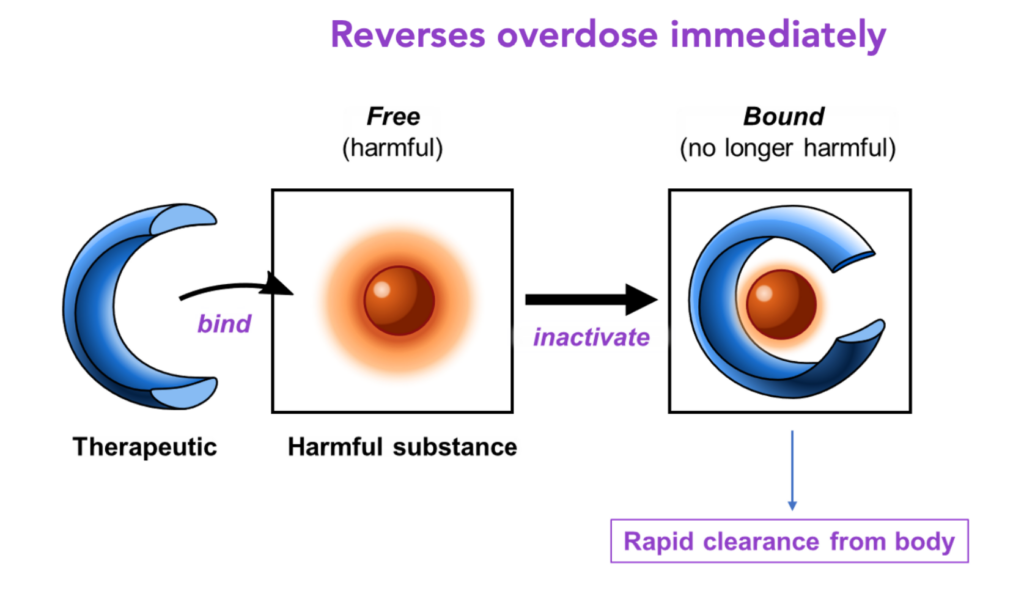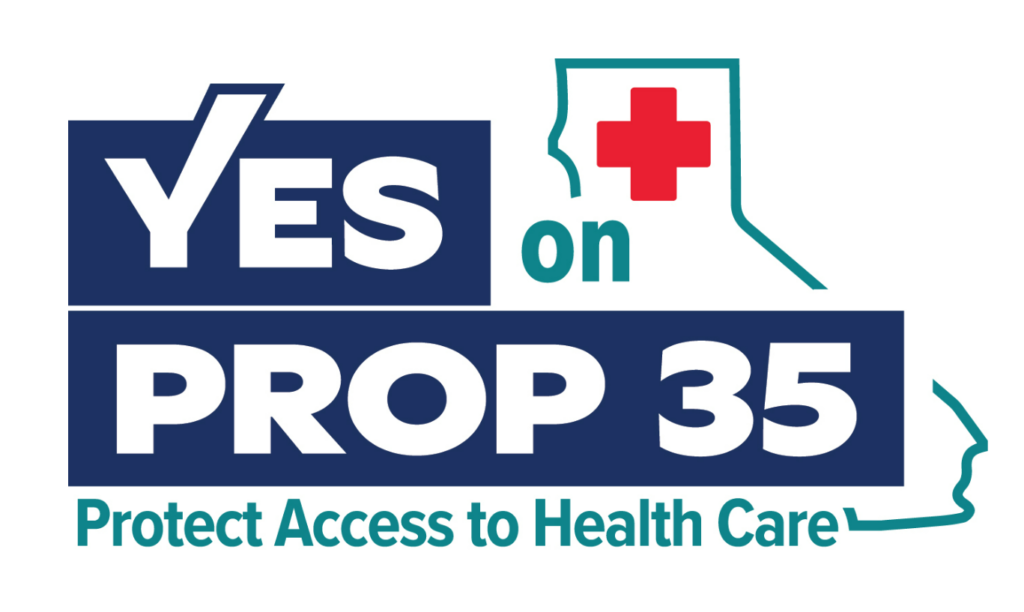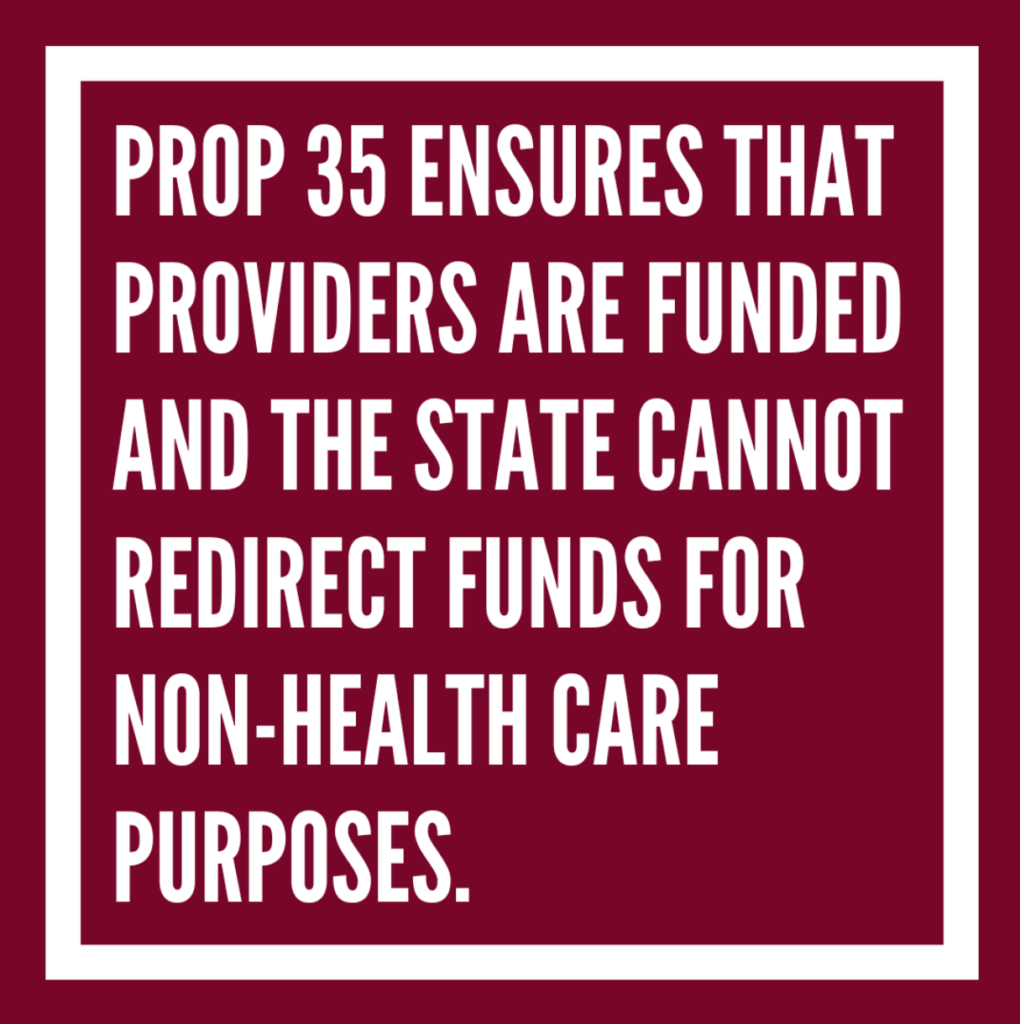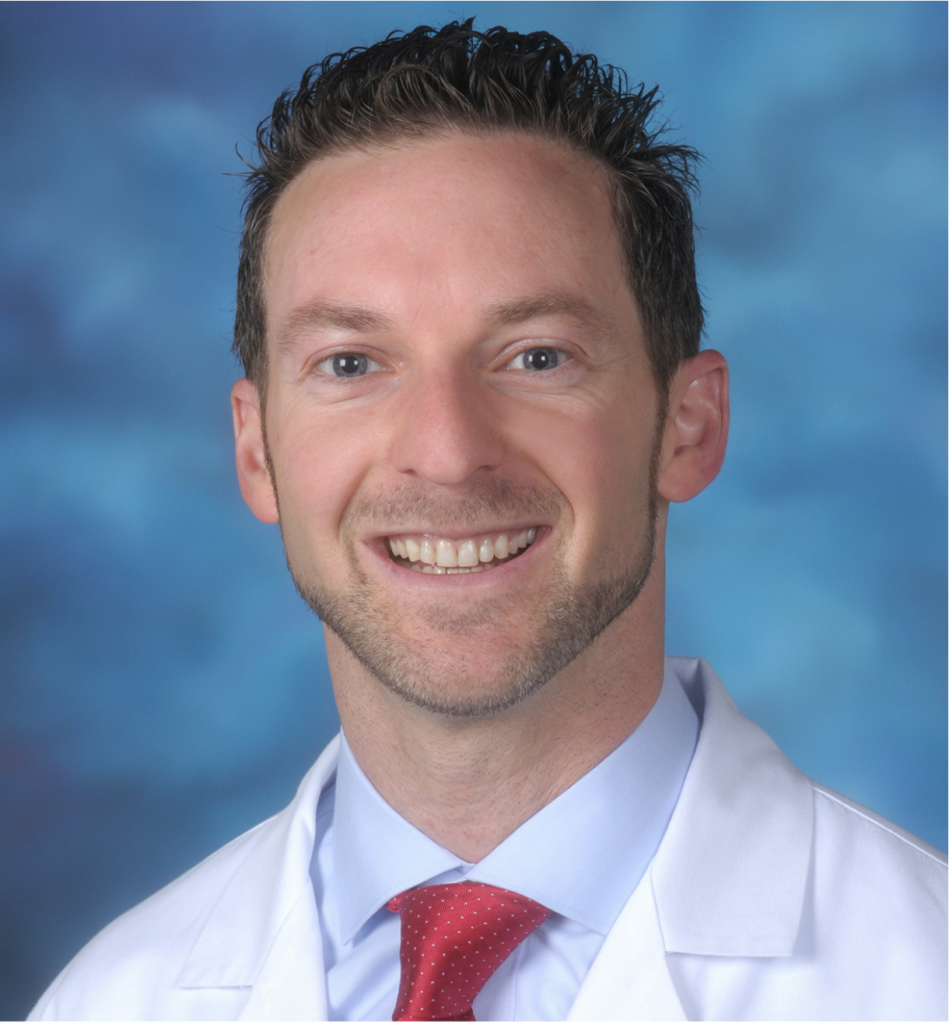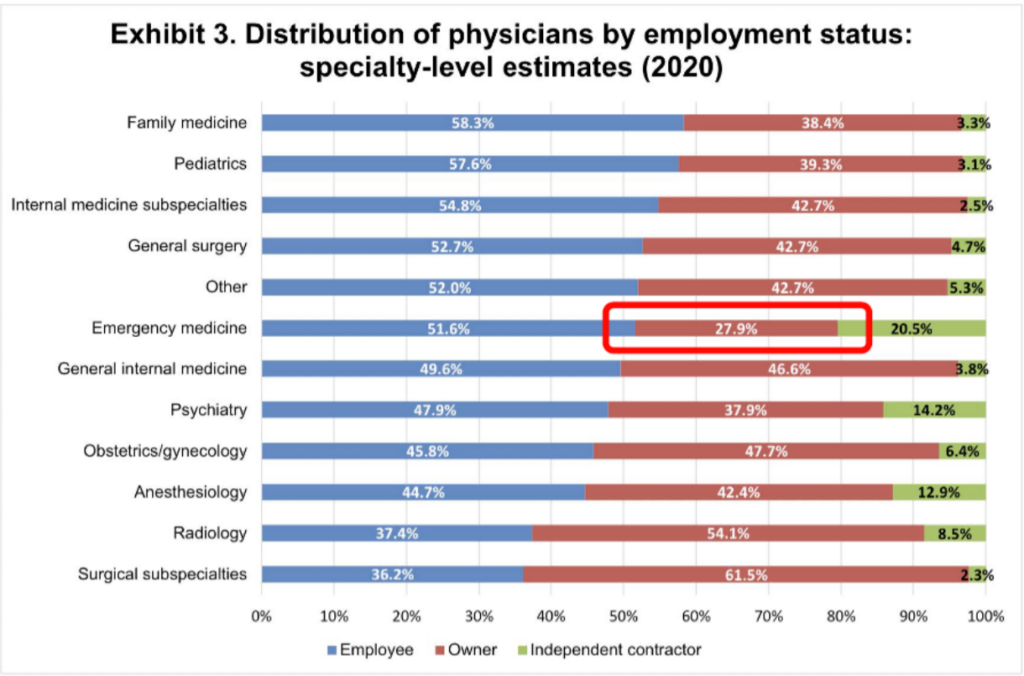
Roneet Lev, MD, FACEP
Executive Director, IEPC
In the ABCs of resuscitation, “A” is for airway. You would not think emergency physicians need such a lesson, but in a recent chaotic rescue, I noticed that sometimes the basics are forgotten.
Try this. Next time you are laying down on a hard surface, hyperextend your head and try to breathe. Now lift your head to your neutral position and take a breath. You don’t have to be in a code blue to feel the difference in a patient airway.
When I was volunteering in Israel over the past year, we trained the medics, emphasizing the basics. Dr. Debra Weiss, director of the emergency department at Asuta Hospital, devised an interactive training session that emphasized proper head positioning and jaw thrust. All participants felt for themselves how it is harder to breath when the head is misaligned. They also learned a trick of placing the patient’s head on the knees to proper position the head and then apply the jaw thrust.
The Israeli airway lesson was fresh on my mind when I attended a special event with thousands of people. People crowded at the stage for hours. It was hot, the crowd was older, perhaps alcohol was involved, and some people started to drop. In the area where I was standing, four people experienced syncope. It was quite dramatic. Security had me stay near the speakers in a spot where I can watch the crowd. I missed most of the show, and may have damaged my hearing, but I enjoyed being a doctor in a different setting. After 30-plus years as an emergency physician, I still jump to action when there is a medical emergency.
The crowd, who got to know me as the rescue doctor, directed me to the middle of the thick crowd, where an elderly man lay unconscious. His head was hyperextended, and I initially could not feel a breath. If I held his head up, I could feel good breathing. When his head dropped in extension, his breath diminished. An unconscious head can be very heavy. I had a good Samaritan assist in holding up the head.
There was no way to get a gurney into this crowd. The unresponsive man was lifted on the shoulders of several men and carried out of the dance floor to an open area where we met the official medical responders. This team had doctors, residents, and paramedics. I introduced myself as an emergency physician, gave my report, and moved aside to support the man’s son. By the way, speaking to family is important. This man’s son was angry and agitated until I explained what was happening.
I observed the code and watched my patient’s head go back to his hyperextended position. The medical team got an oral airway, a nasal airway, and an ambu bag. It is not easy to intervene in another team’s code, but I gently explained that if they just position his airway, he will breathe.
And hence, I write this article as a reminder that the “A” in airway is important, and to share the trick of laying the victim’s head on your knees to get that perfect neutral and sniffing position. It works, even when you are wearing a sparkly evening gown.

